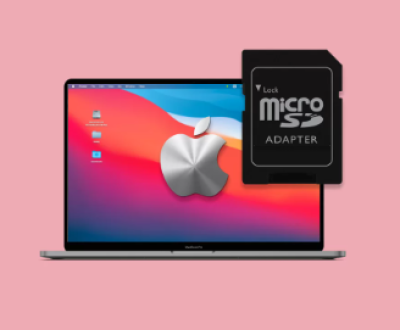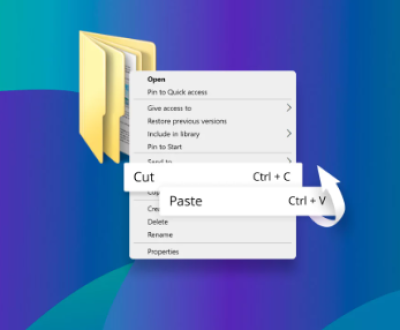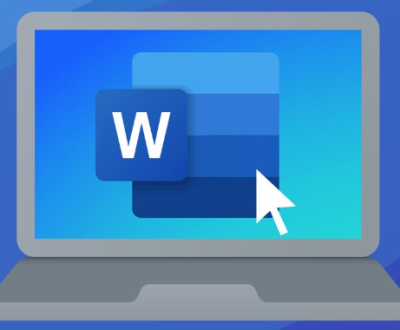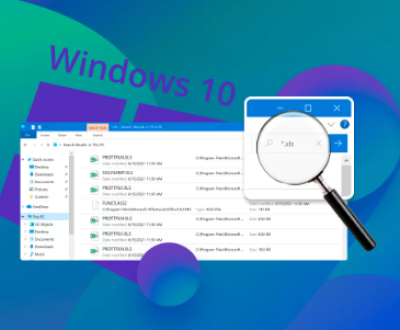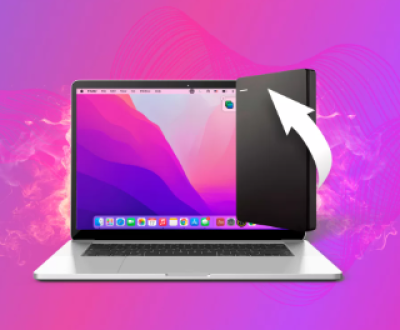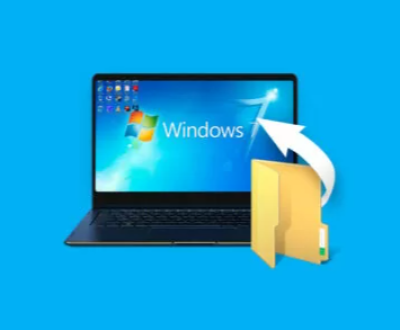Permanently removing deleted files from a hard drive is a process that involves several methods and considerations.
Basics of File Deletion
When you delete a file on a computer, it is usually not immediately erased from the hard drive. Instead, the space occupied by the file is marked as available for reuse, and the file’s entry in the file system table is removed. The actual data remains on the hard drive until it is overwritten by new data. This is why it is possible to recover deleted files using data recovery software in many cases. To permanently remove deleted files, you need to ensure that the data is overwritten or physically destroyed.

Methods to Permanently Remove Deleted Files
Using File Shredding Software
How It Works: File shredding software works by overwriting the data of the deleted files multiple times with random patterns or specific data. This makes it extremely difficult or nearly impossible to recover the original data through data recovery techniques.
Popular Software Options:
Eraser: It is a free and open-source file shredding tool available for Windows. It allows you to securely delete files and folders by overwriting them with random data according to various standards, such as the DoD 5220.22-M standard, which involves multiple passes of overwriting.
CCleaner: Besides its main function of cleaning up system junk files, CCleaner also has a file shredding feature. It can permanently delete files and folders, and you can choose to overwrite the data with different patterns.
MacBooster: For Mac users, MacBooster offers a file shredding option. It helps to securely delete files and protect your privacy by overwriting the data with random values.
Steps to Use File Shredding Software:
Download and install the chosen file shredding software.
Open the software and locate the file or folder you want to permanently delete.
Select the file or folder and choose the shredding option. Some software may offer different shredding levels or standards; select the appropriate one based on your security needs.
Confirm the operation, and the software will start overwriting the data of the selected files or folders.
Formatting the Hard Drive
Full Format vs. Quick Format:
Full Format: A full format erases all data on the hard drive and rebuilds the file system. It performs a more thorough deletion by writing zeros or other patterns to every sector of the hard drive. This process takes longer but provides a more complete removal of data.
Quick Format: A quick format only erases the file system table and marks all sectors as available for use. It is much faster than a full format but does not overwrite the actual data on the hard drive. While it makes the files inaccessible through the normal file system, the data can still be recovered using data recovery tools.
Steps to Format a Hard Drive:
For Windows: Insert the Windows installation media or use the built-in Disk Management tool. Open Disk Management by right-clicking on the Start menu and selecting “Disk Management”. Locate the hard drive you want to format, right-click on it, and choose “Format”. Follow the on-screen instructions to complete the process. You can choose the file system (such as NTFS or FAT32) and other options during the formatting.
For Mac: Use the Disk Utility. Open Disk Utility from the Applications > Utilities folder. Select the hard drive you want to format in the list on the left. Click the “Erase” button. Choose the format options, such as the file system (Mac OS Extended, APFS, etc.) and name for the drive. Click “Erase” to start the formatting process.
Using Command Line Tools
Windows Command Prompt: In Windows, you can use the format command in the Command Prompt to format a hard drive. For example, to format a drive D:, open the Command Prompt as an administrator and type format D: /FS:NTFS (assuming you want to format it as NTFS). There are also other commands like sdelete from the Sysinternals suite that can be used to securely delete files.
Linux Terminal: In Linux, commands like dd can be used to overwrite the hard drive with zeros or random data. For example, dd if=/dev/zero of=/dev/sda will overwrite the entire hard drive /dev/sda with zeros. However, this is a very destructive operation and should be used with extreme caution as it will erase all data on the drive. Another option is to use shred command to securely delete files or overwrite free space on the drive.
Physical Destruction of the Hard Drive
Drilling or Crushing: For absolute data destruction, physically destroying the hard drive is the most effective method. You can use a drill to make holes through the hard drive platters, which will render the data unreadable. Crushing the hard drive with a heavy object or using industrial crushing equipment is also an option.
Degaussing: Degaussing involves using a strong magnetic field to disrupt the magnetic domains on the hard drive’s platters, erasing the data. Specialized degaussing equipment is available for this purpose, and it is often used in industrial or high-security environments.
Precautions and Considerations
Backup Important Data: Before attempting to permanently remove any files or format a hard drive, always make sure to back up any important data to an external storage device, cloud storage, or another location. Once the data is permanently deleted, it cannot be recovered easily.
Check for Dependencies: Ensure that the files you are about to delete are not required by any system processes or applications. Deleting important system files can cause the operating system to malfunction.
Secure Disposal: If you are disposing of a hard drive, make sure to use one of the above methods to permanently remove the data to protect your privacy and prevent unauthorized access to sensitive information.
Legal and Regulatory Compliance: In some cases, there may be legal or regulatory requirements regarding the deletion of data, especially for businesses and organizations that handle sensitive customer or financial information. Make sure to comply with relevant laws and regulations.
About us and this blog
Panda Assistant is built on the latest data recovery algorithms, ensuring that no file is too damaged, too lost, or too corrupted to be recovered.
Request a free quote
We believe that data recovery shouldn’t be a daunting task. That’s why we’ve designed Panda Assistant to be as easy to use as it is powerful. With a few clicks, you can initiate a scan, preview recoverable files, and restore your data all within a matter of minutes.
Subscribe to our newsletter!
More from our blog
See all postsRecent Posts
- How to restore lost files on sd card 2025-07-03
- How to restore lost files 2025-07-03
- How to restore lost word document 2025-07-03

 Try lt Free
Try lt Free Recovery success rate of up to
Recovery success rate of up to

